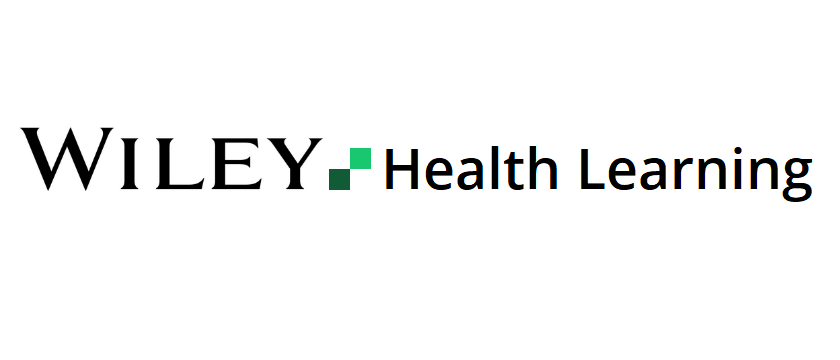Journal: Diabetes, Obesity and Metabolism
Credit: 1.0 AMA PRA Category 1 CreditTM
Release Date: December 16, 2024
Abstract
Continuous glucose monitoring (CGM) has led to a paradigm shift in the management of pregnant women with type 1 diabetes (T1D), with improved glycaemic control, less hypoglycaemia and fewer pregnancy complications. Data on CGM use in pregnant women with type 2 diabetes (T2D) are limited. A large randomized controlled trial (RCT) on CGM use in people with T2D in pregnancy is ongoing. Small studies on CGM use in women with gestational diabetes (GDM) have suggested improved glycaemic control and better qualification when insulin is needed. However, none of these studies was powered to evaluate pregnancy outcomes. Several large RCTs are ongoing in women with GDM. In addition to CGM, other technologies, such as advanced hybrid closed-loop (AHCL) systems have further improved glycaemic management in people with T1D. AHCL therapy adapts insulin delivery via a predictive algorithm integrated with CGM and an insulin pump. A large RCT with the AHCL CamAPS® FX demonstrated a 10% increase in time in range compared to standard insulin therapy in a pregnant population with T1D. Recently, an RCT of an AHCL system not approved for use in pregnancy (780G MiniMed) has also demonstrated additional benefits of AHCL therapy compared to standard insulin therapy, with improved time in range overnight, less hypoglycaemia and improved treatment satisfaction. More evidence is needed on the impact of AHCL therapy on maternal and neonatal outcomes and on which glycaemic targets with CGM should be used in pregnant women with T2D and GDM. We review the current evidence on the use of CGM and AHCL therapy in pregnancy.
Activity Disclosures
This publication is made possible by an educational grant from Abbott Diabetes Care, but the authors, individually and collectively, were responsible for its content. (Supporter identity was not disclosed to the authors or the journal peer reviewers prior to publication).
No conflicts of interest or financial relationships relevant to this activity were reported.
This activity underwent peer review in line with standards of editorial integrity and publication ethics. Conflicts of interest have been identified and resolved in accordance with John Wiley and Sons, Inc.’s Policy on Activity Disclosure and Conflict of Interest.
Accreditation
John Wiley and Sons, Inc. is accredited by the Accreditation Council for Continuing Medical Education to provide continuing medical education for physicians. John Wiley and Sons, Inc. designates this journal-based CME activity for a maximum of 1.0 AMA PRA Category 1 Credit™. Physicians should only claim credit commensurate with the extent of their participation in the activity.
For information on applicability and acceptance of continuing medical education credit for this activity, please consult your professional licensing board.
This activity is designed to be completed within 1 hour. To successfully earn credit, participants must complete the activity during the valid credit period, which is up to three years from initial publication. Additionally, a score of 70% or better is needed to pass the post test.
